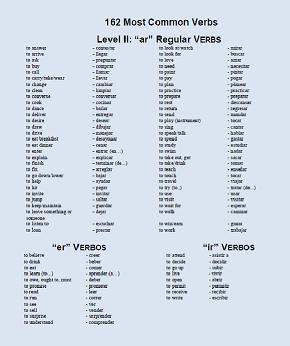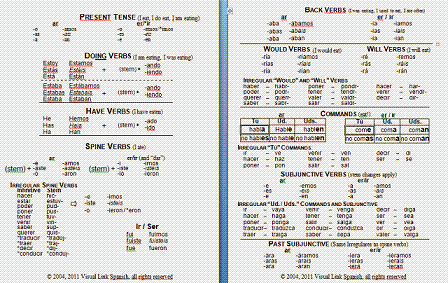Spanish Video Lesson – Speak Spanish With Your Parents
Your Parents Want to Talk to You in Spanish
If you are like me, then sometimes you might have a hard time communicating with your parents. Do they know Spanish? If you are having a hard time communicating with them in English, perhaps you should switch languages on them. If nothing else, they will be impressed with your Spanish. They might also be annoyed, but you can use this opportunity to teach them a little Spanish or even play a little joke on them. Please practice what you learn in the video and on our Facebook page. By practicing on our Facebook page, you automatically enter yourself to win free software from us here at Visual Link Spanish.
Here is the vocabulary from the video:
| I didn’t do it. | No lo hice. |
| It’s not my fault. | No tengo la culpa. |
| He did it. | El lo hizo. |
| She did it. | Ella lo hizo. |
| What time is it? | ¿Qué hora es? |
| Are we there yet? | ¿Ya llegamos? |
| I’m hungry. | Tengo hambre. |
| I’m thirsty. | Tengo sed. |
| I love you. | Te quiero. |
| Thank you for helping me. | Gracias por ayudarme. |
| Give me a hug. | Dame un abrazo. |
| I’m home and I’m safe. | Estoy en casa y estoy seguro. |
I want you to have a good relationship with your parents. Communicate with them. Love them the best you can. Also, visit Facebook and answer this question in Spanish:
What would you like to tell your parents?
Please practice these Spanish phrases with your parents, and please practice what you’ve learned and answer those questions on the Visual Link Spanish Facebook page for a chance to win free software from us.
Future Facebook Fiesta Friday Topics:
October 7, 2011 – Speaking Spanish With Your Best Friend
October 14, 2011 – Getting to Know a Spanish Speaker
October 21, 2011 – Workplace Spanish










